How to Boost Conversion Rates on Your ECommerce Checkout Page
Your visitor has found your eCommerce site, selected a product and placed it in their cart. But until they enter their payment info and click the...
I know what I am looking for, and would like to chat.
A team of data-driven marketers obsessed with generating revenue for our clients.
Because the proof is in the pudding.
At Campaign Creators we live by three principles: Autonomy, Mastery, Purpose.
5 min read
![]() Tammy Duggan-Herd
:
06/21/18
Tammy Duggan-Herd
:
06/21/18
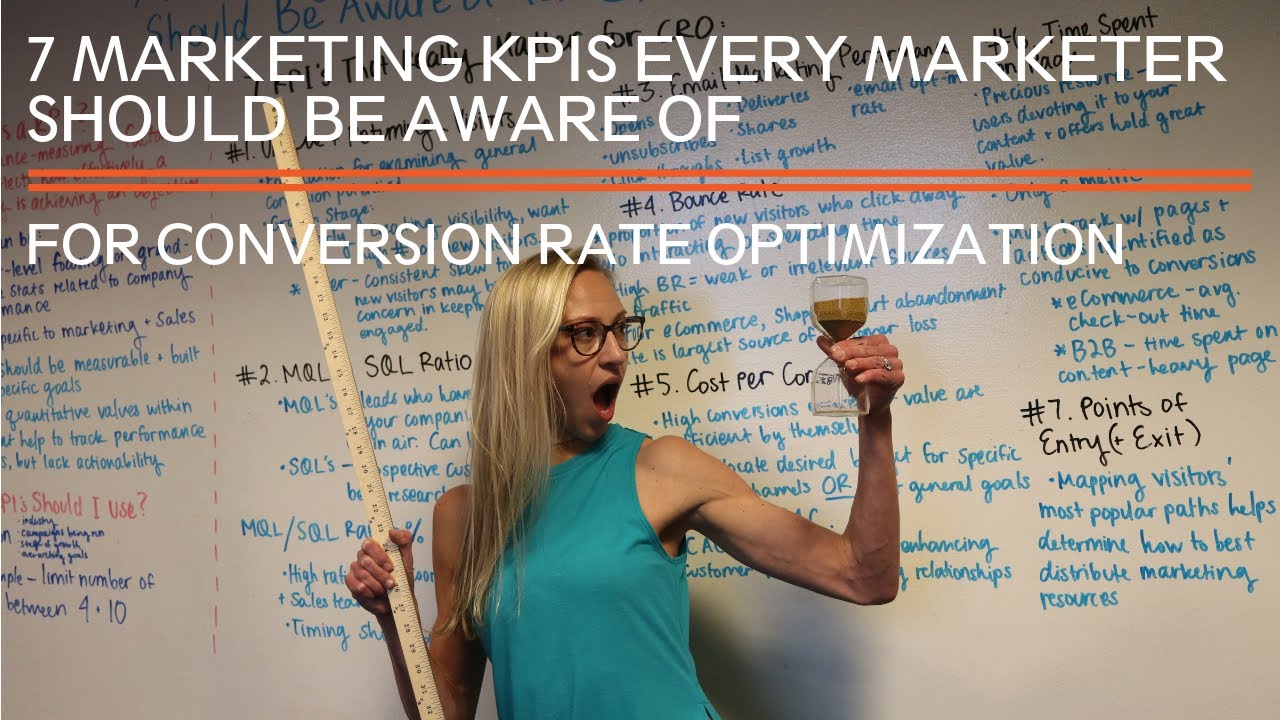
Testing in marketing strategy is about getting the right answers, and the right answers require the right questions to be asked. The gap between theoretical questions and testable criteria, however, needs to be filled-- and thankfully, this is where KPIs shine.
Today, we will be considering how KPIs can be applied to conversion rate optimization by going over some of the most effective indicators for gauging the performance of your CRO strategy.
A Key Performance Indicator is a performance-measuring factor that reflects how effectively a company is achieving a range of objectives. KPIs can be higher or lower-level, focusing on grand-scheme statistics related to overall performance as well as much more specific processes related to marketing and sales.
Results should be measurable and built around specific goals; metrics, in comparison, are quantitative values within KPIs that help to track performance and progress but lack actionability.
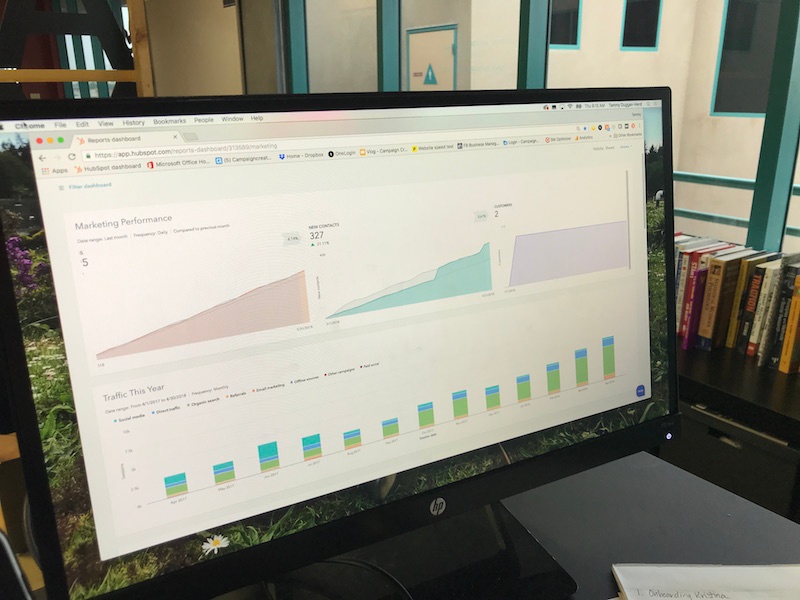
Talking about CRO marketing specifically, conversion rates are the obvious indicators of choice, but often far too generic to rely on as the sole source of information about your conversion strategy. Specificity is the name of the game, and this is where KPIs-- which can be custom-fit to the smallest micro-conversions or the broadest long-running ROI trends-- come in.
There is no simple answer to this question, precisely because of the wide range of analytics that KPIs can deliver. Your unique KPI strategy will depend on your company’s industry, the campaigns being run, stage of growth, and more.
HubSpot suggests keeping things simple by limiting the number of indicators to between 4 and 10-- but in the end, consider your overarching goals and applying your best judgment is the best suggestion. That being said, there are a few time-tested suggestions to consider when focusing on conversion rate optimization-- let’s take a look!
While this indicator doesn’t go as far as lead assessment metrics (which we will discuss in a moment), it can serve as a solid, simple foundation for examining the general conversion potential of your company site, the cornerstone of your digital marketing presence. Tools like Google Analytics make easy work of tracking visitation trends.
If the company is just starting out and prioritizing creating visibility, a high number of new visitors is just what the doctored ordered. If the statistics remain consistently skewed towards new visitors rather than returning ones, however, there may be cause for concern in terms of keeping visitors engaged with your site content.
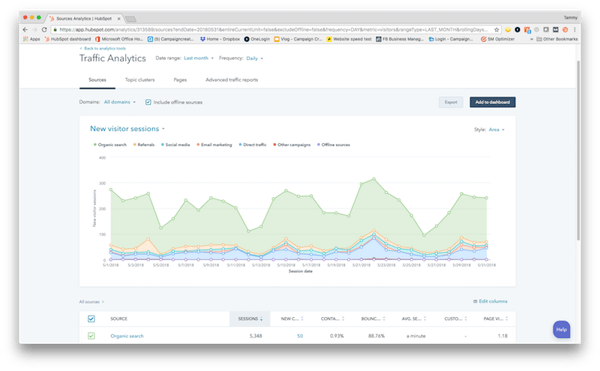
When it comes to conversion, everything begins with your valued leads-- but they should not all be painted with the same brush. Distinguishing between MQLs and SQLs is a good start for making sense of your leads.
Marketing Qualified Leads (MQLs) are leads which can be considered more likely to become customers; they have demonstrated interest in your company, but their future course of action is still up in the air. As these leads are analyzed and engaged with appropriately, they can be segmented or assigned lead scores. Sales Qualified Leads (SQLs), on the other hand, are prospective customers who have been researched and vetted and are considered qualified for the next stage in the sales funnel.
Thus, the MQL/SQL ratio examines the percentage of MQLs becoming promoted to SQL status; a high ratio indicates good coordination between your marketing and sales teams as well as the overall cohesion between phases of the funnel. Of course, the timing between these markers should optimally be tracked and minimized, as well.
With an average ROI of $38 to every dollar spent, email marketing is a major component of a conversion strategy, and as such, it should be analyzed thoroughly. There are actually numerous interrelated KPI rates that can be tracked alongside one another, such as:

Email opt-in rate is another key metric which reflects how well your site, landing pages, and social channels are attracting new subscribers and building their trust. The average opt-in rate is 1-5% among most industries; annual averages for other rates such as the ones above can also be found through online marketing resources.
The foil to the conversion rate, a bounce rate should be minimized where possible-- from emails to landing pages to shopping carts. For your site, bounce rate is the proportion of new visitors who click away without interacting or spending any significant amount of time there. A high bounce rate can indicate weak or irrelevant sources of traffic and poorly designed landing pages; it may be worth testing key pages separately to pinpoint the problem.
For eCommerce sites, the dreaded shopping cart abandonment rate is one of the largest sources of customer loss, standing at a whopping 69% average! This is the result of a combination of common issues, including an overly complicated checkout process, hidden costs, and even slow site loading times. Thankfully, these tend to be common and can often be easily remedied after being assessed.
While they can also be viewed in terms of value per visit, the cost of your conversions should also be taken into account. High conversions and customer value are unfortunately insufficient by themselves if your costs are driving down net income.
You can allocate a desired, tailored budget for specific types or channels of conversion, or set more general goals for total cost of customer acquisition (CAC), a metric which has been growing in popularity over the past few years. CAC allows marketers to turn their focus towards enhancing customer value and managing relationships in a cost-efficient manner.
As time is one of visitors’ most precious resources, their decision to devote it to your content and offers holds great value. By itself, however, the time spent on-page is merely a metric rather than an actionable KPI. So it’s important to track it in relation to specific pages and actions which have been identified as conducive to conversions.
For eCommerce, for instance, this may include the average time taken to complete check-out; for B2B, a key content-heavy page can be tested in this way. Pages intended to be highly interactive necessitate a side-by-side comparison of average time and average number of clicks to ensure prospects are engaging.
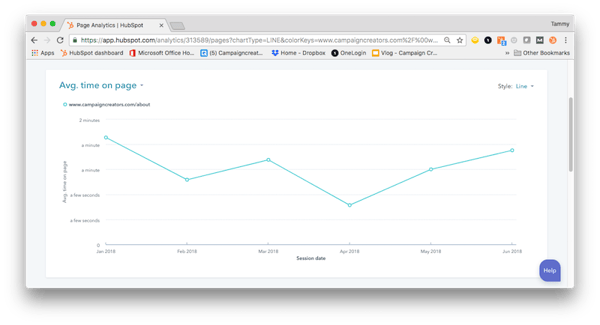
Notedly, it is easy to make incorrect extrapolations with time-based metrics, so being specific and careful is a must. To avoid misleading data, become familiar with the algorithms of your analytics software before beginning the process-- for instance, Google Analytics tracks time on page by measuring the difference between timestamps of hits, meaning that bounces result in no time recorded.
Last but not least, mapping visitors’ most popular paths through your channels is an obvious, yet often neglected means of determining how best to distribute your marketing resources. Are you establishing social media presence, presenting enough value for your mailing list subscribers, investing enough in SEO and referrals?
For that matter, which pages tend to halt prospects in their tracks, and what might be the cause behind that? These are all questions to keep in mind when tracking entry and exit trends in your visitors’ online sessions.
Now that you're equipped with the fundamentals of effective KPIs, you can build on them as part of a comprehensive CRO strategy.
If you are looking to optimize your entire marketing campaign to meet your KPI goals, download the Campaign Optimization Checklist to quickly and easily identify which parts of your marketing campaign need improvement. Use this 10 page checklist to:

Your visitor has found your eCommerce site, selected a product and placed it in their cart. But until they enter their payment info and click the...

Did you know that you can increase your online conversions by using website analytics and testing tools? If you answered yes, then the more important...
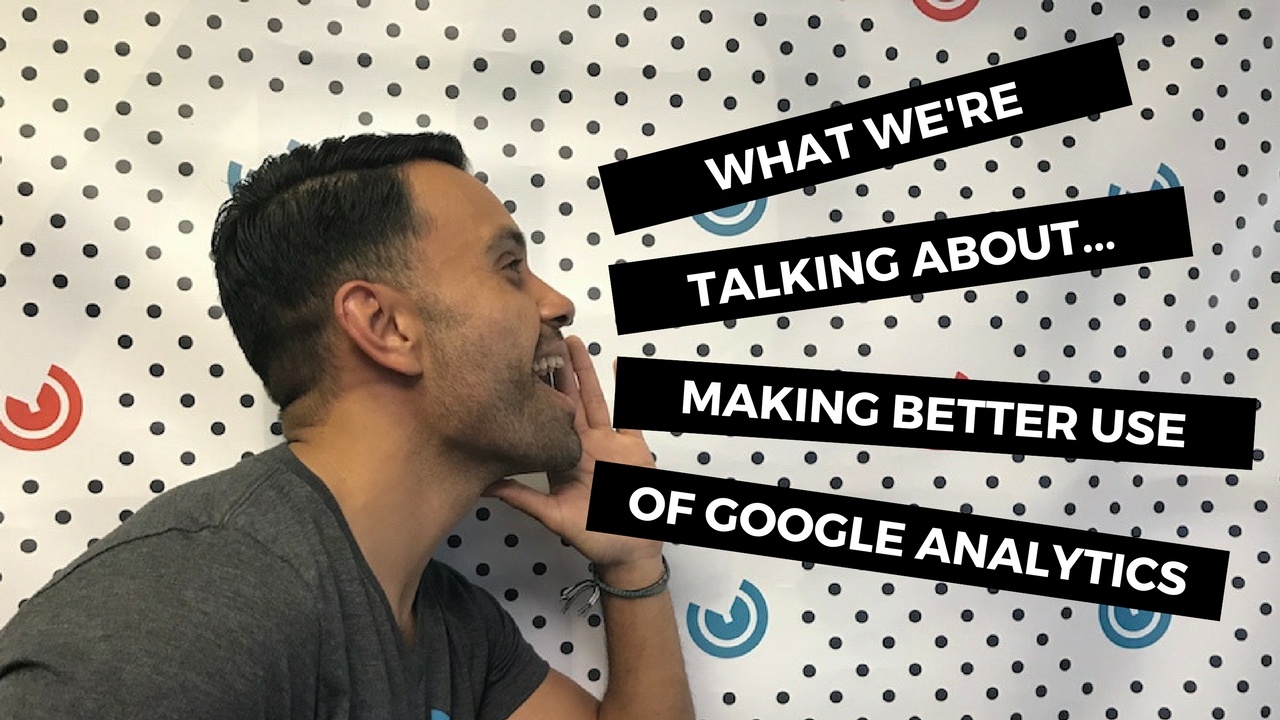
Ever heard of Peter Drucker? He's known as the man who invented modern business management, and for this quote: